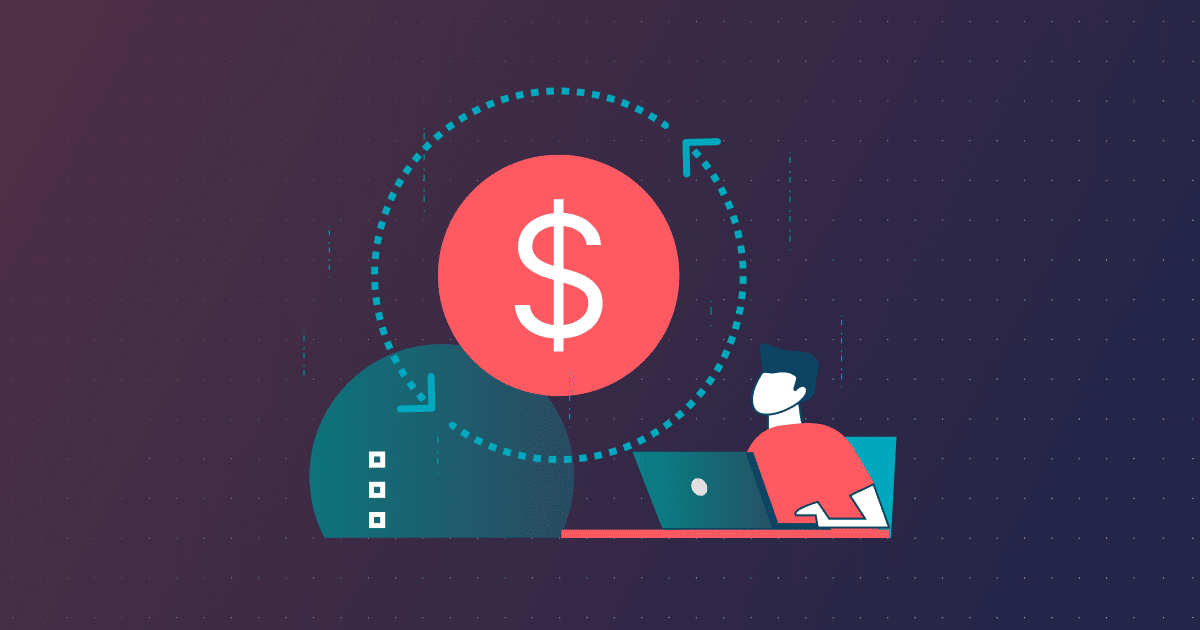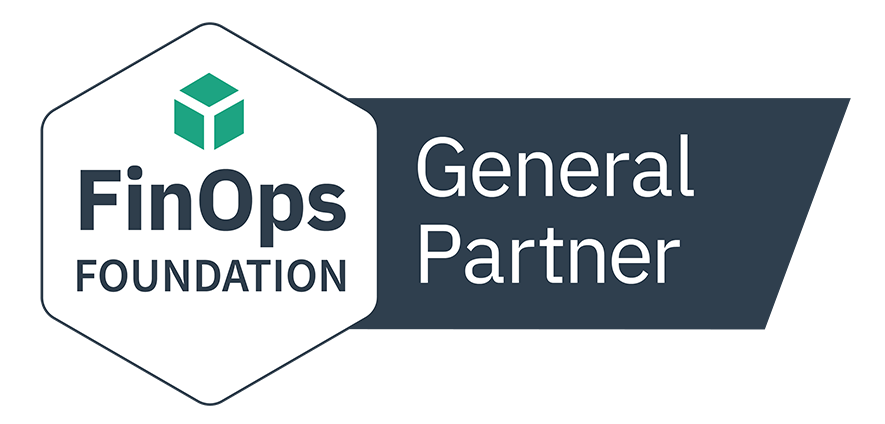Bill shock stemming from surprisingly high cloud bills remains a persistent concern for enterprises that have migrated to the cloud.
Cloud service providers often market the cloud as a highly effective means to lower operational costs. By moving their applications and processes to cloud-hosted infrastructures, organizations are saving money that would have gone to datacenters, hardware, and personnel. While the promise of reduced costs is a major driver for many enterprises' cloud migration, the reality is that FinOps budgets can be notoriously complicated with research finding more than one-third of enterprises exceeded as much as 40% beyond their cloud budget after migrating.
5 Reasons for Increased Cloud Costs
There are varying factors that are causing enterprises to rack up their cloud cost — here are five that can help with FinOps cost control rather than force you to cut costs.
1. Unused instances
Among the key benefits of pay-as-you-go cloud computing is fast, simple, and on-demand resource provisioning. Users can effortlessly order new and extra provisions in a few clicks, allowing your applications to handle surges in traffic and enable enterprise agility when getting new IT projects and services off the ground.
But since it’s easy to spin up new virtual machines in the cloud, many DevOps teams tend to forget the instances and the resources that they paid for. To ensure your instances are maximizing your cloud applications’ potential, an automated tool like Pepperdata Capacity Optimizer will allow your engineering team to optimize its ROI on its infrastructure investments.
2. Unhealthy instances
Unhealthy instances are instances that suddenly become impaired and stop functioning. Normally, unhealthy instances get automatically deleted and are replaced with new ones — but unhealthy instances still receive traffic and requests until your platform’s load balancer discovers its unhealthy state. If your cloud infrastructure terminates the instances without analyzing the traffic it received when unhealthy, then valuable data may have gone to waste.
3. Wrong instance sizing
Rightsizing refers to the process of reserving the cloud computing instances (containers, VMs, or bare metal) with adequate compute resources. This includes RAM, CPU, storage, and network. Rightsizing is designed to ensure that all instances have all the resources required to achieve sufficient performance while keeping costs manageable.
However, in the event of incorrect sizing of instances, users are likely to suffer from these two main consequences:
- Overallocation of cloud resources results in inefficient utilization of the cloud infrastructure. Organizations end up paying for resources that are not actually used.
- Underallocation is the exact opposite. There’s a significant resource shortage, leading to performance issues as well as downtime of the hosted projects.
4. Ungoverned autoscaling
Autoscaling is intended to let organizations scale cloud services like virtual machines, instances, and server capacities up and down based on their traffic requirements, forecasted resource utilization levels, and more.
While advertised as a means to cut down cloud costs, ungoverned autoscaling can result in resource over-provisioning. Without a proper cloud monitoring tool, your enterprise team can see extremely high cloud-computing costs.
However, workloads in the cloud are extremely dynamic in nature. Instances may only need to quickly scale up at peak traffic times and then go back down. With a governed autoscaler like Pepperdata Capacity Optimizer, you can prevent waste.
5. Poor cloud visibility
When IT teams lack visibility into their cloud infrastructure and processes, optimal performance and cost containment are hard to achieve.
With a full-stack observability tool that tracks usage, costs, and application trends, you can feel comfortable knowing your big data infrastructure is truly optimized.
Manage Cost Control With Pepperdata
Your DevOps team cannot focus on innovation and scaling its enterprise if it needs to constantly tune its big data platform. In order to effectively manage your data stack and avoid cloud bill shock, capabilities like automation, autoscaling, and visibility are essential. Pepperdata provides enterprises like Citi, Expedia, and Royal Bank of Canada with a comprehensive performance optimization suite that provides real-time visibility into cloud infrastructure, detects potential performance issues, and automatically implements ideal configurations to meet SLA standards.
What About Your Cluster?
Want to gain control over your cloud bill once and for all? Pepperdata can help you get there by improving your price and performance by up to 3X. You can always start a free trial or email us at any time with your questions at sales@pepperdata.com. If you prefer to experiment with our product solutions on your own, try an interactive demo that walks you through all the benefits you can expect to see in your own cluster.



